
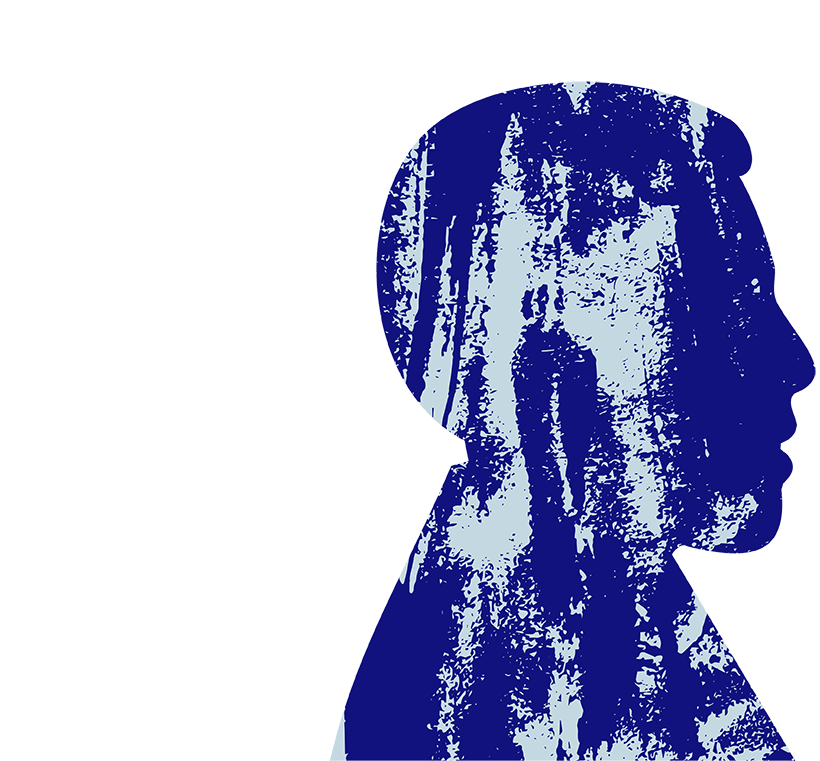

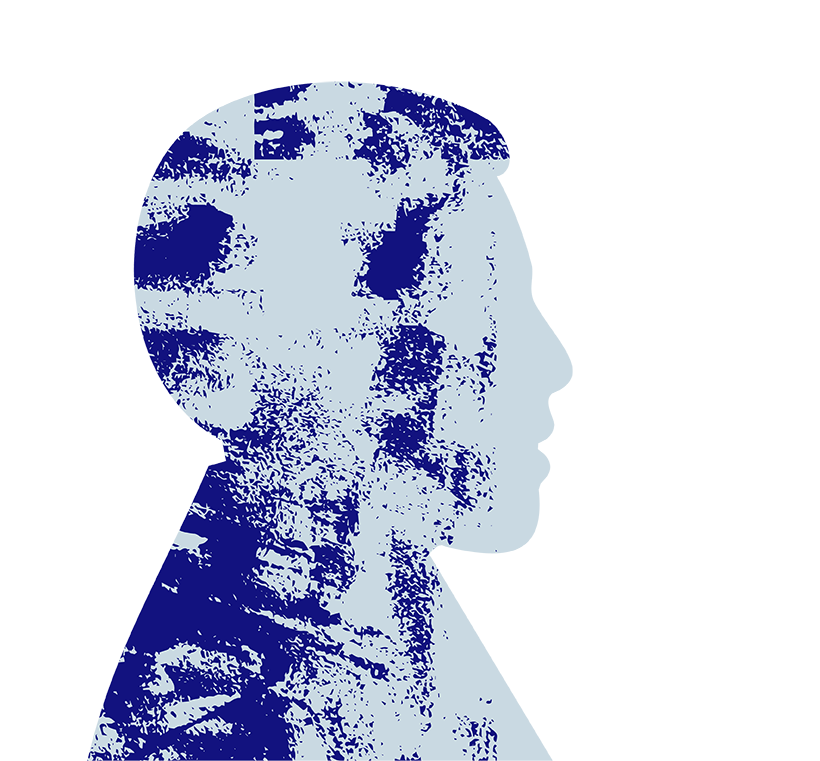
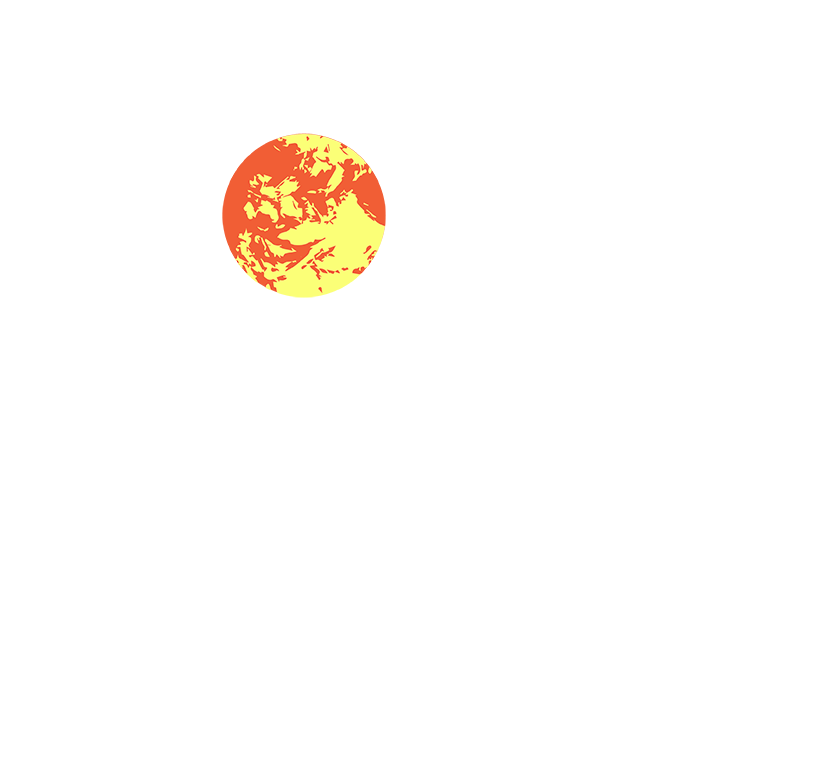
Ratio forum
june 2022
10:00
11 June
Tech Park
Ratio Forum is back on June 11 at Sofia Tech Park! Get ready for a full day of mind-blowing science facts and awesome innovations – all presented in a way accessible to all. You’ll also see demos, exhibits, and other surprises.
Be part of our science adventure on June 11!
Topics
From the void of space to the tiniest insects, you’ll have a day full of interesting sceince topics. You’ll see different examples of weird science, you’ll travel to mars and you’ll hear more about elephant trunks and human eyelashes. The program features four different topics – see more about them below!
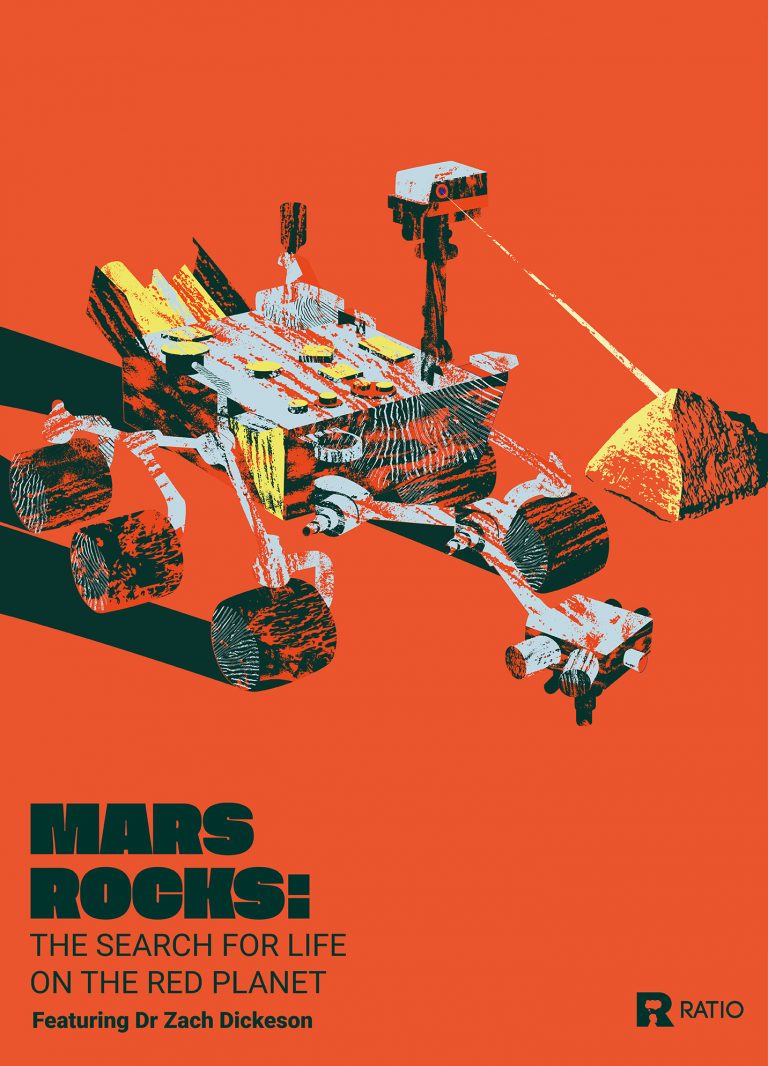
Mars Rocks: The search for life on the red planet
In 1894, Percival Lowell looked at Mars and saw canals dug up by a distant civilization. This marked the beginning of the search for life on the red planet that was based on direct observations. In Lowell’s case this also included a big dose of aristocratic imagination. But the more advanced technology gets, the more serious our hunt for signs of martian life becomes.
Satellites and robots have been visiting Mars for over 50 years, as part of the ongoing search for water and life beyond the Earth. Follow in the footsteps of these missions, and explore the surface of Mars through the eyes of a Geologist to discover what rocks can tell us about the history of water on the surface and whether life could exist on the red planet.

Animal physics: eyelashes to cubic poo
How do cats clean their bodies with only their tongues? How does a dog shake its body dry in just a single second whereas our drying machines take over 30 minutes? Why do we have eyelashes? How does an elephant pick up a tortilla chip without breaking it? How long does an elephant take to urinate? What animal makes cube-shaped poop and why?
Answers to these questions fall in the area of animal biomechanics. Learn how we use high-speed and time-lapse photography to understand the secrets of animal movement, and how these answers are helping engineers build new nature-inspired devices. Think: Cat-tongue-inspired hairbrush, flexible arms to pick up fruit, and robots that walk on water.
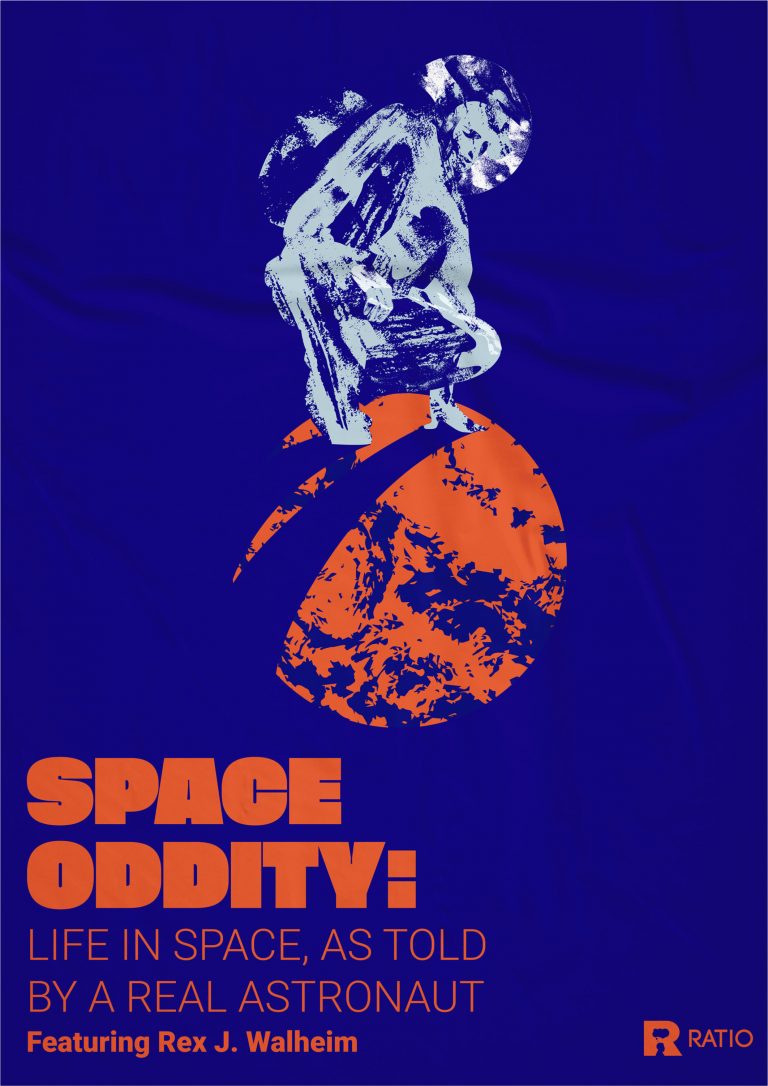
Space Oddity: Life in space, as told by a real astronaut
Rex Walheim has some lengthy work experience in space. As part of three space missions, he has spent 566 hours away from his home planet, and 36 of these were spent in open space!
He will tell us what it is like to fly on a space mission. He will cover preflight training, the launch and landing, as well as what it is like to do a spacewalk. We’ll also hear about the last mission of the Space Shuttle Program, STS-135, which he was part of.
Rex will talk not just about the past of human space flight but about its future, too. He now works for Axiom Space, a commercial spaceflight company that is sending private citizen to the International Space Station. Rex will talk about these efforts, as well as Axiom’s work building the first commercial space station.

Bizarro Science: Nuking volcanoes and diarrhea machines
There are no better guests to talk about the weirdness of science than a scientist with two Ig Nobel awards and a popular science journalist. Each of them has his favorite science curiosities to share. And the one-up-man-ship in sharing the most bizzare science fact will be furious.
David Hu will tell us what a “diarrhea machine” actually is, while Robin Andrews will share how the US army tried to nuke volcanoes in order to set off eruptions (yeah, no one knows why this sounded like a good idea?). You’ll hear stories that will make you laugh and gasp!
Speakers




Dr. Zach Dickeson
Zach Dickeson is a Geologist and science communicator based in London, where he completed his PhD at the Natural History Museum, researching ancient lakes and oceans on Mars. His varied scientific career includes geological mapping, archaeology, and laser maintenance. He can often be found outdoors hiking, underwater SCUBA diving, and wherever else there are rocks.
Dr. David Hu
Dr. David Hu is a mechanical engineer who studies the interactions of animals with water. He has discovered how dogs shake dry, how insects walk on water, and how eyelashes protect the eyes from drying. He earned degrees in mathematics and mechanical engineering from M.I.T., and is now Professor of Mechanical Engineering and Biology and Adjunct Professor of Physics at Georgia Tech. He is a recipient of the National Science Foundation CAREER award for young scientists, the Ig Nobel Prize in Physics, the Pineapple Science Prize (the Ig Nobel of China). He is the author of the book “How to walk on water and climb up walls,” published by Princeton University Press which earned him the American Institute of Physics Science Communication award.







Rex Walheim
Rex Walheim has been on the crew of three space missions. He has spent more than 36 days in space and more than 36 hours in EVAs. He was part of the STS-110 mission in 2002, STS-122 in 2008, and STS-135, the final mission of the US Space Shuttle Program in 2011.
He served as CAPCOM in the Mission Control Center and was also the Chief of the spacewalking branch. Subsequent to his flight, Walheim served as Chief of the Exploration branch of the Astronaut Office, where he worked as the astronaut representative to the Orion Program. In 2015, he became the Assistant Director for Operations for the Flight Operations Directorate. He then served as the Deputy Director of Safety and Mission Assurance at the Johnson Space Center. He is currently the Director of Safety and Mission Assurance at Axiom Space.
Robin George Andrews
Robin is perpetually curious and often ridiculous. He’s a doctor of experimental volcanology (blew stuff up for science), a full-time, freelance, award-winning science journalist (rearranges letters for money), a part-time award-winning photographer (takes photographs that aren’t awful), a scientific consultant (tells people how to do science right), an occasional lecturer (rearranges letters and says them aloud for money), a public speaker (rearranges letters and says them aloud, sometimes for free), and a frequent explain-how-volcanoes-work TV guest (gesticulates wildly on live television).
His work has appeared in The New York Times, National Geographic, Scientific American, Quanta Magazine, Nature, Gizmodo, Forbes, The Verge, Atlas Obscura, CNN, the Guardian, The Times, and elsewhere. He also proves that volcanoes are fantastical masterworks of molten rock capable of near-magical acts in his book Super Volcanoes: What They Reveal about Earth and the Worlds Beyond.


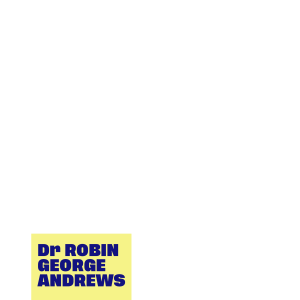
Science Exhibits
At Ratio, the action doesn’t happen just on stage. We’ll feature two exhibits that will surprise and inspire you.

Small Worlds
The “Small Worlds” exhibit explores the world at about 10 microns of depth. This close-up look finds abstract spaces and new opportunities to overcome the gravity of imagination. The microscope photography creates a particular set of small worlds that connect structures at the micro and macro levels. The scenes remind us of the scale and age of the universe, even beyond the limits of human understanding. The AV part of the exhibit will show how these small worlds move and the ambiance will be enhanced by the cinematic sound of Form Null.
Created by Venelina Katanska and Andrey Katanski, Micronavt.

Pulsars
Pulsars are one of the most violent forces of the Universe. They are the dencest objects we know – a neutron star the size of a small town and the mass of several Suns. They spin around at a few hundred revolutions per second. They are named “pulsars” because of the strong magnetic foces that come through to us in the form of a pulsing signal.
This audio-visual installation will show you an artistic representation that is based on real scientific data and after consulting with astronomers.
Created by Peter Valkanov, Georgi Batilov, and Klementina Razboynikova
Schedule
| Hour | Main Stage |
|---|---|
| 10:00-10:45 | Registration |
| 10:45-11:00 | Opening remarks |
| 11:00-11:45 | David Hu – Animal physics: eyelashes to cubic poo |
| 11:45-12:10 | Coffee break |
| 12:10-12:55 | Zach Dickeson – Mars Rocks: The search for life on the red planet |
| 12:55-13:45 | Lunch break |
| 13:45-14:45 | Robin G. Andrews and David Hu – Bizzaro Science |
| 14:45-15:10 | Coffee break |
| 15:10-15:55 | Rex Walheim – Space Oddity: Life in space, as told by a real astronaut |
| 15:55-16:20 | Coffee break |
| 16:20-17:20 | Questions and answers session |
| 17:20-17:30 | Closing remarks |
Children’s program

We will again feature a program for the smallest science explorers, designed for kids aged 8-12. The schedule is synchronized with the main program and it will allow parents and children to share their love of science and experience it through different activities.
Every child needs to be accompanied by an adult with a standard valid ticket! The children’s program is in Bulgarian.
“Paper science” with Izzi Science for kids
Izzi Science for Kids and its teacher Atanas Stamenov will present the scientific qualities of paper. We will look at every fiber, we will learn what’s the true color of paper and how we can change the hue even AFTER we color it!
“Wild cats” with Muzeiko
Muzeiko’s team will guide us through the amazing world of wild cats. We’ll hear more about their markings, their habits and the different places where we can meet them. Kids will uncover the social life of big cats and their communication patterns.
“The secrets of Physics” with University for kids
We will explore the mysteries of our world through the most amazing physics phenomena. How can electricity travel through air? How does a potato cannon work? What does a lightning look like from a distance of just 2 meters?
“Young engineers” with ABV Academy
What’s hidden in our TVs, phones, and laptops? How does the electronics we use every day get created? The young explorers will learn about the electronic elements – resistance, LEDs, and more, and will even get to work with a soldering iron.
Venue

We’re looking forward to seeing you at Sofia Tech Park!
Getting there
Public transport
- Coming from the city center, take busses 306, 184 and 84, trolleys 5 and 8 – you’ll need the “Sofia Tech Park” stop.
- Coming from Mladost, take busses 1, 3, 5 and 6 – you’ll need the “Sofia Tech Park” stop.
- In both directions, you can use busses 1, 3, 5, 6, 280, 294, 305 and 306 and trolleys 4, 5, 8, and 11, and get off at the “Aviation square” (“Ploshtad na aviatsiata”) stop.
By car
Sofia Tech Park has multi-level parking with a capacity of 500 places. Parking is paid, but there’s a new lower tariff on weekends – 1 lev for every 2 hours of your stay. The first 15 minutes are free of charge.
FAQ
Although we have a full day packed with activities and interesting talks, you can join us later, too. The registration is open throughout the whole day, so you can come whenever you like.
Although your ticket has your name on it, that is solely used for our administration. We don’t check names at the door, so you can give the ticket to another person and you don’t need to write to us to change it. For Student tickets we will need to verify that the ticket carrier has active student rights.
No, you can just download your ticket on your mobile phone and let us scan the QR code at the entrance.
Sofia Tech Park’s parking is paid, but there’s a new lower tarrif on weekends – 1 lev for every 2 hours of your stay. The first 15 minutes are free of charge. You will need to validate your parking ticket at the machines in the parking building and pay your parking fee before leaving.
Since the program spans several hours and most of it is happening inside, we will not be able to let in pets at the event.
Will there be food and drinks at the venue?
Minors will need to be accompanied by an adult who will have to fill in a declaration at the venue. This doesn’t necessarily need to be a parent or legal guardian. Your child can be accompanied by another relative or a family friend. One adult can accompany several children. The person accompanying the child will need to have a valid ticket for the event.
Watch the recording
